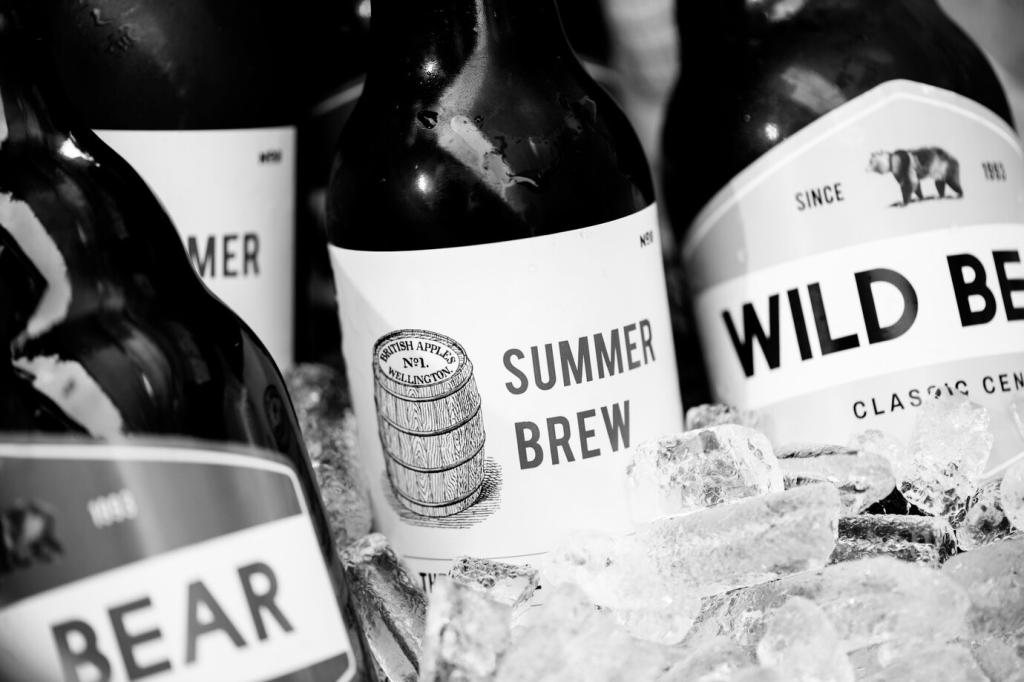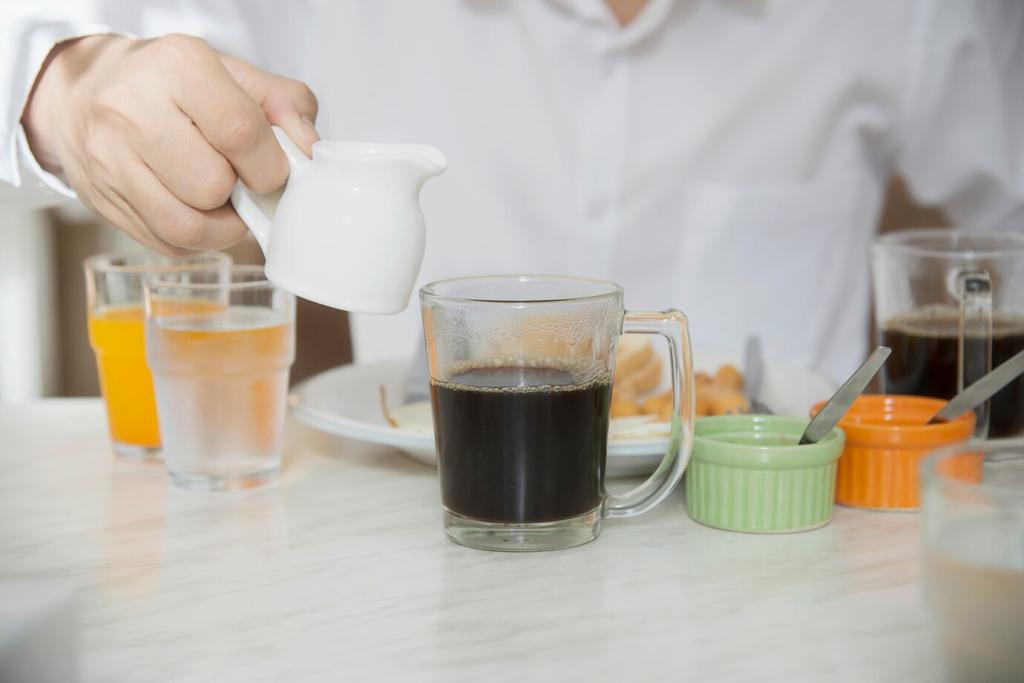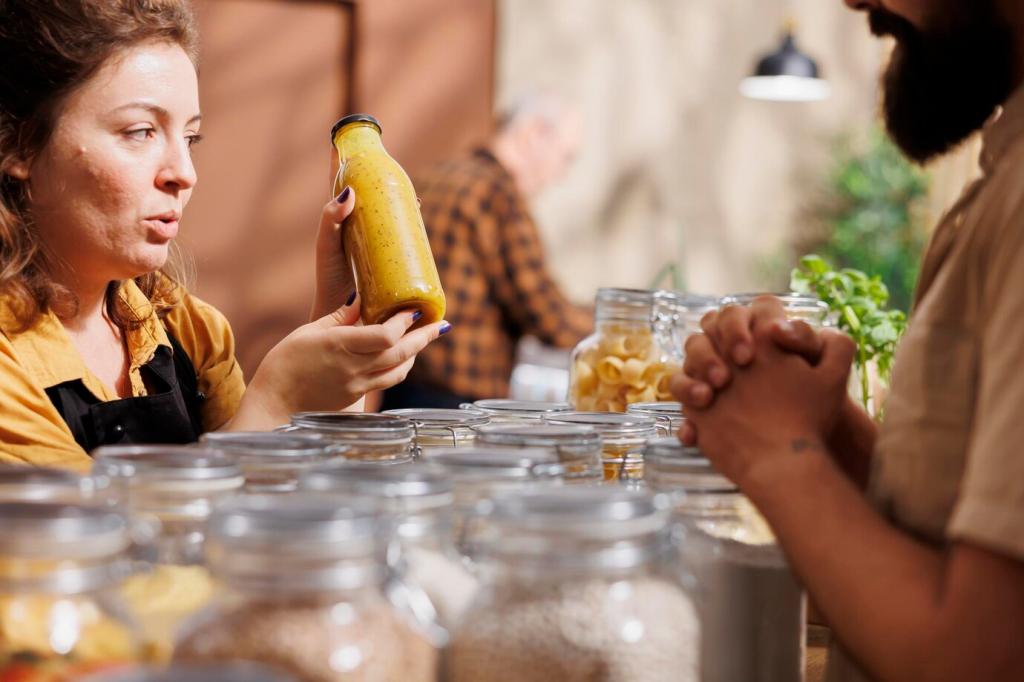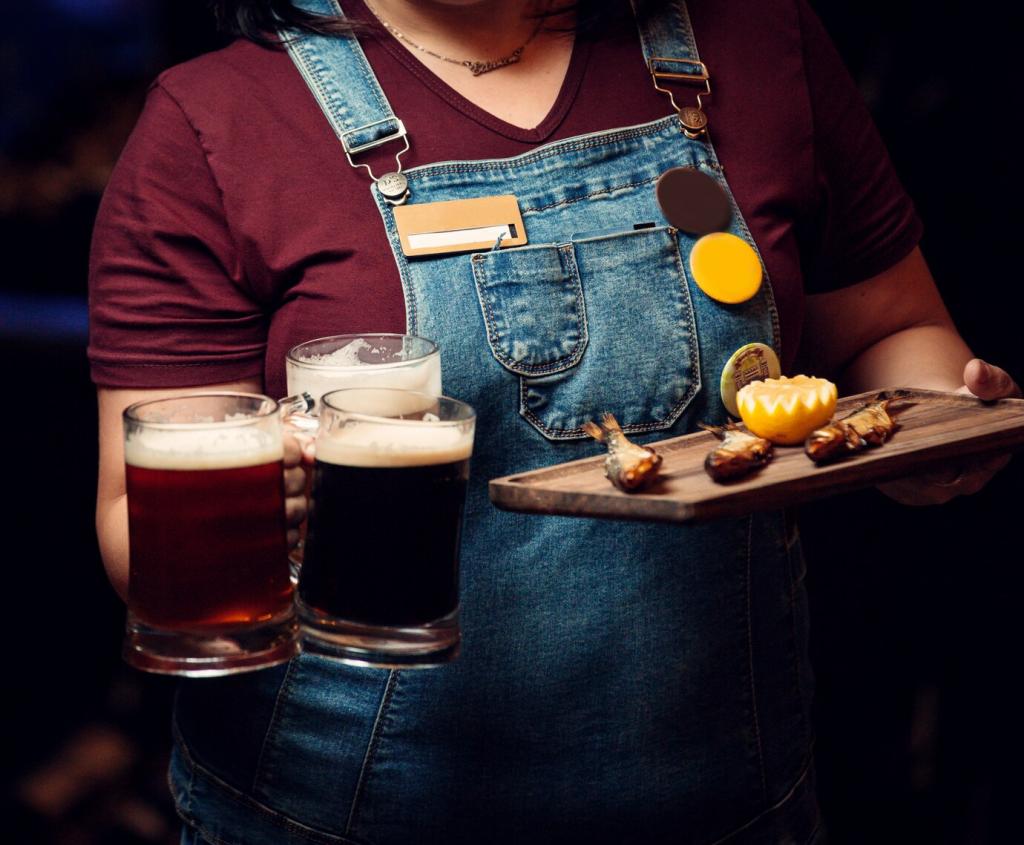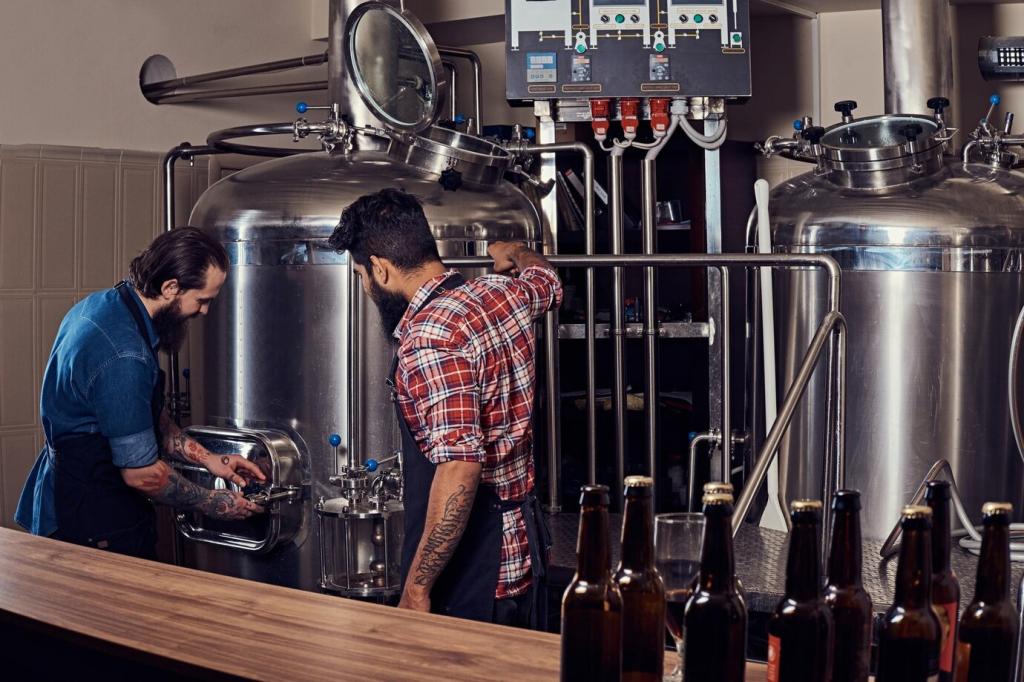Testing, Tasting, and Iterating
Pour two glasses of your control and one of the variant, then ask tasters to identify the odd beer out. It’s humbling and illuminating. Host a tasting night, share your results, and we’ll help interpret whether your new ingredient truly moved the needle.
Testing, Tasting, and Iterating
Describe aroma, flavor, mouthfeel, and finish using clear, consistent vocabulary. Avoid leading language when crowdsourcing feedback. Our editor still laughs about a mango chili wheat where heat only appeared in the aftertaste. Post your notes for gentle, constructive critique.
Testing, Tasting, and Iterating
Brew one wort, then split into multiple one-gallon fermenters for different additions. You’ll compare side-by-side with minimal risk. We discovered basil pairs better with lemon than orange this way. Comment with your split plan, and we’ll recommend three smart variables to test.
Testing, Tasting, and Iterating
Lorem ipsum dolor sit amet, consectetur adipiscing elit. Ut elit tellus, luctus nec ullamcorper mattis, pulvinar dapibus leo.

